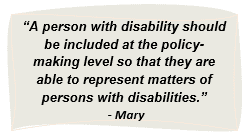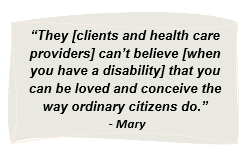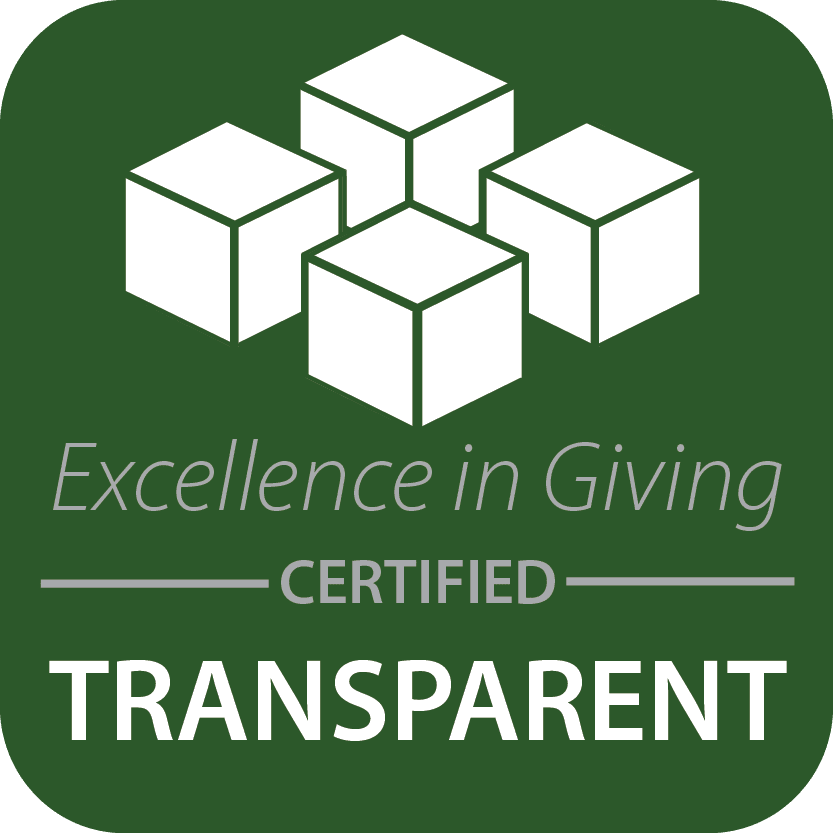Misconceptions in Sexual and Reproductive Health Care: Stories from Women Living with a Disability
Posted on May 4, 2023
Beliefs, Child, disability, education, Health, International, marginalized, stigma, vulnerable
In Kenya and across the world, women with disabilities face prejudice, stigma, and discrimination in accessing sexual and reproductive health services. Misunderstandings and misconceptions by health care providers as well as inadequate facilities can lead to inequitable or ineffective care.
Furaha Mariga Leonard is a 27-year-old who is deaf and has been sponsored by Kupenda to gain an education since primary school. After attending Gede Special School, St. Angela Mumias School for the Deaf, and Gede Vocational, Furaha now works as a beauty technician.
Mary Junwa Karisa is a 36-year-old from Malindi sub-county living with a visual impairment and is the mother of two children. After attending Likoni Primary School for the Blind, Verigas Secondary School, and receiving her Bachelor of Education Arts in history and Kiswahili at Kenyatta University, Mary is now the treasurer of the Persons with Disability Initiative and a teacher at Kibokoni Secondary School.
In November, our Kenyan team sat down with Mary and Furaha to understand their experiences with sexual and reproductive health services as women living with a disability. Here is what they said.
Interviewer: How has living with a disability affected your experience obtaining sexual and reproductive health services?
Furaha: I think with the people of the community, they think that when they see a deaf person who is pregnant, they think maybe she’s [been] raped. [They do not realize] that we need to be loved, and also we can have a strong family.
Interviewer: What advice or recommendations would you give to sexual and reproductive health programs looking to include people with disabilities?
Furaha: First, the advice I would give [is that they] should look [for] more interpreters for the deaf people. Also, the labor beds in the hospital should be adjustable for people [with different physical needs]. And also, the toilets should be friendly to [people with] all disabilities.
Interviewer: Can you talk about any challenges you have faced?
Mary: For me to visit a facility whereby I am to get sexual and reproductive health services, I have to use a guide to take me to that specific facility or ward. It is expensive because I have to incur both my cost and the guide’s cost.
The other challenge is that on the receipt of these services, there is no confidentiality or privacy … I have to undergo some tests, for example the urine test, the hemoglobin test, [and] HIV tests. [Since] I’m visually impaired, I cannot read the test results for myself. I have to use my guide to read the HIV results for me, of which I feel there is no privacy, no confidentiality.
Another challenge is that there is a lot of stigma, because when the other clients and other health care providers see a person with visual impairment who is pregnant, they are normally shocked and think that someone has raped you. They can’t believe that you can be loved and conceive the way ordinary citizens do.
Interviewer: How has living with a disability affected your experience of obtaining sexual and reproductive health services?
Mary: Sometimes I do hesitate [accessing] these services. First of all, I have to incur incredible costs to access these facilities. Secondly, there is no availability of a guide yet that we can use for privacy. For instance, in the phones that we do use, there is a software that can read messages, video, Facebook messages [for you], but in hospitals we don’t have software that can read us test results.
And then some buildings are also not very friendly for persons with disability. You may end up getting places with stairs, so accessibility becomes a problem.
Interviewer: Let’s share a story that might help our audience understand the challenges faced by those with disabilities looking for sexual and reproductive health services.
Mary: I have a story which really touched me. A friend of mine who was newly married to her husband, whom she loved, got pregnant. … When the health care providers on duty arrived at her room … they were shocked to see a person with a physical challenge [in labor]. Immediately, they recommended her for a Cesarean section. So, the lady was not happy, because she had not yet been given time to dilate. They just came around and just recommended her for a Cesarean section.
So she decided to call her husband. … Fortunately, the husband had knowledge of the hospital … so he decided to call one of the consultants and explain to him about his wife’s case. … When he reached there, he decided to instruct the service providers on duty to give her time to dilate and see whether she could deliver normally. When she was given enough time, the lady was able to go through the labor pains successfully. And finally, she delivered normally. To her, it was quite devastating because it seems in that hospital, they were not aware of issues of persons with disability at all, and that she had been left vulnerable because of her disability.
Interviewer: When it comes to sexual and reproductive health services, this might include the family planning options, do caregivers take time to explain their medical options and help make the right choices?
Mary: For the persons with disabilities with hearing impairment, we find that there are no sign language interpreters in hospitals … so the healthcare providers [hardly] understand them.
[Also], in many public hospitals, we don’t have adjustable beds, so it becomes very difficult for a person with physical impairment to use this building … to go to the bath very easily.
On the subject of persons with visual impairment, sometimes they are not allowed to stay in hospitals with guides, so there is a challenge [for] the service provider in including [other] staff. When they find a guide staying with a person with visual impairment, they start [asking], “Why are you staying two in the same ward?” and all that. The understanding is very minimal … I think the sensitization and creation of awareness has not yet been fully done.
Interviewer: What advice or recommendations will you give to sexual and reproductive health programs looking to include people living with disabilities?
Mary: As they come up with programs, as they formulate their policies, I think it is better if they can include some persons with disability who will be able to articulate issues that will be affecting persons with disability in these policies. A person with disability should be included at the policy-making level so that they are able to represent matters of persons with disabilities.

[My second piece of] advice is that sensitization should be done. Not just creation of awareness that the health care providers need, [but also] they need to be aware of … different persons with disability and how they can handle them.
[Additionally], we know there are those countries which are developed that are not faced with issues that I am facing or we people with disabilities are facing in Kenya. So, I think some persons with disabilities and the health care service providers should be taken to these particular countries for a benchmarking or an exchange program. During that process, they’ll be able to understand what is going on in such countries that are already developed … so as to know how they have overcome these challenges in their countries. … I think that will be the onset of change in our country.



Leave a Reply